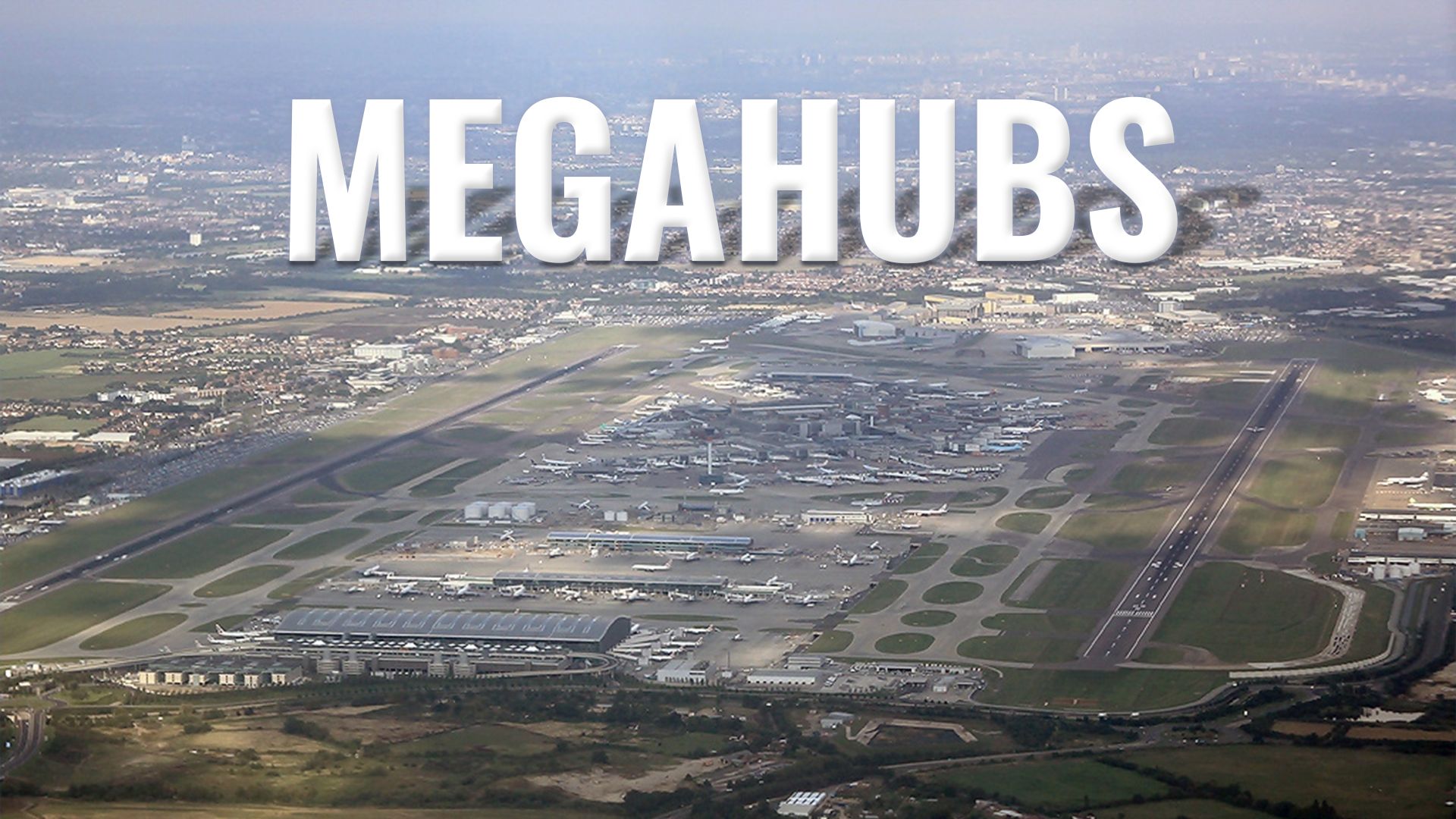Air travel is witnessing a dynamic shift in 2025, as megahub airports continue to dominate global connectivity. These airports facilitate more passenger traffic than the entire airport systems of some developed countries. An analysis of the ten busiest airports reveals not only raw passenger figures but also insights into economic impact, airline strategies, and geographical advantages that shape route networks.
The rankings are based on two critical factors: the number of connections offered and the total destinations served, as outlined by OAG. As travel patterns stabilize post-pandemic, these airports adapt by adding gates and enhancing digitization efforts, reshaping the landscape of global air travel.
Top 10 Airline Megahubs of 2025
1. London Heathrow Airport (LHR) stands out as the busiest airport for the second consecutive year. Its strength lies in unmatched origin-and-destination demand and extensive long-haul connectivity. British Airways, with a commanding 51% market share, anchors operations at the airport.
– Total connections: 59,240
– Destinations served: 226
Heathrow serves as a vital link for transatlantic travel, with its capacity constraints helping maintain high yields despite weather-related delays. Continuous investment in security automation enhances passenger experience.
2. Istanbul Airport (IST) has surged to second place, reflecting Turkey’s strategic geographical position. Turkish Airlines dominates with approximately 79% of flights.
– Total connections: 82,733
– Destinations served: 327
Istanbul functions as a three-continent superhub, connecting Europe, the Middle East, and beyond. Its expansive terminal and runway capacity cater to rapid growth and a premium clientele.
3. Amsterdam Schiphol Airport (AMS) ranks third, bolstered by KLM’s 55% market share.
– Total connections: 66,798
– Destinations served: 275
As a key gateway for transatlantic and intra-European flights, Amsterdam faces environmental regulations that challenge its operations. Nevertheless, its design promotes efficient connections and cargo capacity.
4. Kuala Lumpur International Airport (KUL) maintains a strong presence in Southeast Asia despite slipping from second place. AirAsia, with a 36% share, leads regional operations.
– Total connections: 16,159
– Destinations served: 151
The airport connects dense regional traffic to long-haul flights, supported by competitive pricing and tourism growth in Malaysia.
5. Frankfurt Airport (FRA) has climbed to a tie for fourth after also moving up from tenth place last year. Lufthansa, with a 56% market share, ensures robust intercontinental links.
– Total connections: 73,221
– Destinations served: 207
Frankfurt’s extensive cargo operations and rail integration expand its influence, although construction and security issues sometimes hinder efficiency.
6. Seoul Incheon International Airport (ICN) remains critical for Northeast Asia, led by Korean Air, which holds a 22% market share.
– Total connections: 41,572
– Destinations served: 179
The airport’s efficient layout and punctual operations support its growth, bolstered by strong demand for travel to Seoul.
7. Chicago O’Hare International Airport (ORD) has moved up to seventh place, with United Airlines accounting for 49% of flights.
– Total connections: 65,141
– Destinations served: 297
O’Hare’s central location within the United States and modernized runways enhance its connectivity, particularly for long-haul demands.
8. Atlanta Hartsfield-Jackson International Airport (ATL) ranks eighth, continuing its legacy as a global megahub. Delta Air Lines dominates with a substantial 79% market share.
– Total connections: 53,374
– Destinations served: 251
The airport’s single-terminal design facilitates efficient transfers, making it a major hub for business travel in the Southeast.
9. Tokyo Haneda International Airport (HND) has slipped to ninth place, witnessing a shift in its traffic mix. All Nippon Airways leads with 36% of flights.
– Total connections: 22,243
– Destinations served: 107
Haneda’s location and terminal connectivity support continued growth, particularly in business travel and links to the United States.
10. Paris Charles de Gaulle Airport (CDG) rounds out the list, climbing from seventh place. Air France controls approximately 56% of flights.
– Total connections: 57,014
– Destinations served: 299
The airport benefits from extensive rail connections and a parallel runway system, although occasional strikes and congestion can disrupt operations.
As air travel continues to evolve, these airports will remain at the forefront of global connectivity, adapting to emerging trends and passenger demands. The competition among these megahubs is not just about numbers; it is a reflection of strategic positioning and innovative approaches to the future of travel.
